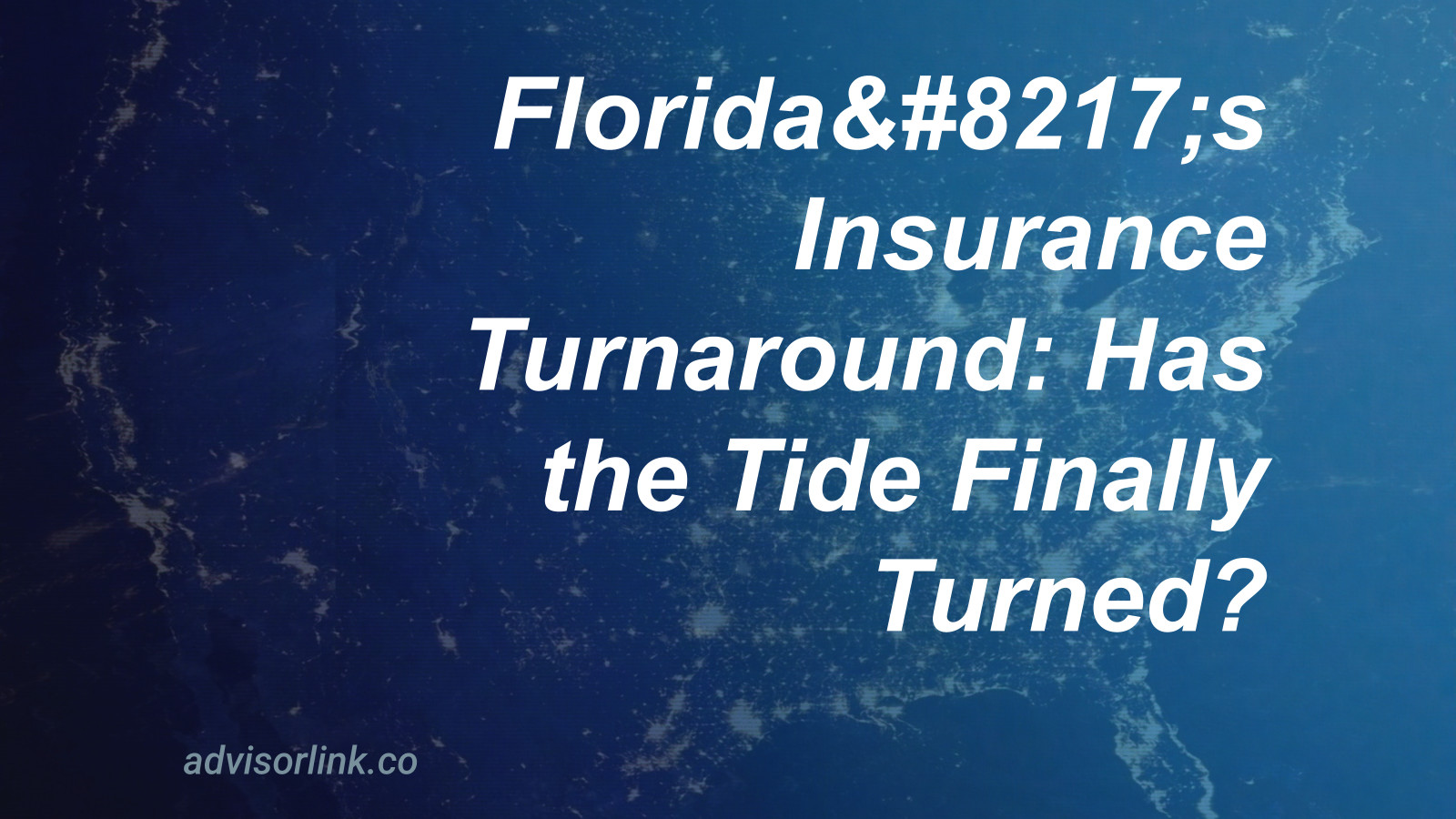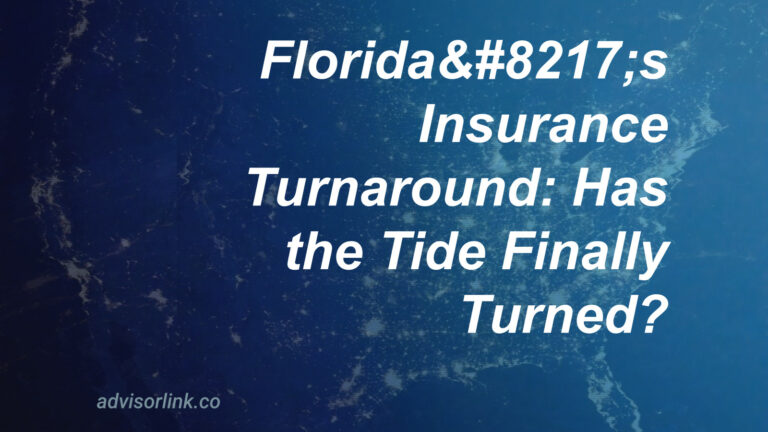The Pocketbook Pinch: How Tariffs Are Driving Up Your Insurance Costs
# The Pocketbook Pinch: How Tariffs Are Driving Up Your Insurance Costs
## Are Auto Insurance Increases Coming to Your Mailbox?
Insurance costs for American families are tied to forces far beyond their driveways. The ripple effects of international trade disputes now reach right into the monthly budgets of homeowners and small business owners across our nation. Tariffs on imported car parts aren’t just abstract economic policies—they’re about to hit home in the form of higher auto insurance premiums.
The impact won’t arrive like a thunderclap. Instead, it will seep in gradually, appearing most noticeably when policies come up for renewal. That’s when millions of Americans will face the hard reality of higher rates, driven not by their driving records, but by global trade tensions.
## How Exactly Do Trade Barriers Affect Your Insurance Bill?
Insurance is fundamentally about risk and replacement costs. When tariffs push up the price of imported car parts, the arithmetic is straightforward—repairs become more expensive, and insurance companies pay more for claims. Those costs inevitably flow downstream to policyholders.
That shiny new fender or headlight assembly that used to cost $300 might now run $400 or more. Multiply that across thousands of claims, and insurance carriers face mounting expenses they simply cannot absorb indefinitely.
But there’s a regulatory buffer. Insurance companies can’t simply hike rates overnight. They must seek approval from state insurance commissions, submitting detailed justifications for increases. This regulatory process creates a lag between tariff implementation and premium increases, but make no mistake—the connection is real and the direction is upward.
## Will These Rates Ever Stabilize, or Is This Just the Beginning?
Insurance is based on predictability, but the current tariff landscape is anything but predictable. One day there’s a new tax on aluminum, the next day an exemption for a particular country, the following week a temporary reprieve for certain products.
This constant shifting creates a planning nightmare for insurance actuaries, those number-crunchers tasked with calculating risk and setting rates. When they can’t accurately project future repair costs, they tend to build in cushions—extra padding in premiums to protect against uncertainty.
Proponents argued that tariffs would encourage manufacturers to relocate production to American soil, creating jobs and reducing dependency on foreign supplies. But the automobile supply chain has proven remarkably resistant to quick restructuring, leaving consumers caught in the middle of this economic tug-of-war.
## Who Bears the Heaviest Burden of These Insurance Hikes?
The weight of these insurance increases falls unevenly across America’s economic landscape. For small business owners operating delivery services or maintaining vehicle fleets, auto insurance isn’t a minor expense—it’s a fundamental cost of doing business. When premiums rise by even 5%, that can translate to thousands of dollars annually for a small operation running multiple vehicles.
Homeowners with two or three cars in the driveway face their own challenges. Many families budget carefully for fixed expenses like insurance, and unexpected increases can disrupt carefully balanced household finances.
The uncertainty extends beyond auto coverage. Property insurance and business coverage costs may face similar pressures as the costs of building materials and other imports rise under the same tariff structures. This creates a compound effect, where Americans face multiple insurance increases simultaneously.
Perhaps most troubling is how these increases complicate financial planning. How does a small business project next year’s operating costs when insurance expenses have become so unpredictable? How does a family budget for the future when renewal notices might contain unwelcome surprises?
## What Does This Mean for America’s Economic Future?
The story of tariffs and insurance rates isn’t merely about policy papers and premium notices. It’s about real people making real decisions with real consequences.
The debate touches on fundamental questions about international trade, consumer protection, and the proper role of government in the marketplace. It highlights the complex interdependencies of our modern economy, where a trade decision made in Washington can alter the household budget of a family in Wisconsin or a small business in Arizona.
For journalists, policymakers, and citizens alike, these connections deserve attention and understanding. The discussion illuminates how abstract economic policies translate into kitchen table concerns. It reminds us that in our interconnected economy, few changes occur in isolation.
For many Americans watching their insurance costs climb while struggling to understand why, the explanation lies not in the fine print of their policies, but in the complex and often obscure workings of international trade policy. And that’s a story worth telling.
That’s the way it is.
Disclaimer: General Information & Accuracy
This blog provides general information and discussions about insurance and related subjects for informational purposes only. It is not intended as professional advice, including but not limited to financial, legal, or medical advice. We strive for accuracy, but laws, regulations, information, and best practices constantly evolve, and unintentional errors can occur. Therefore, we make no warranties about the completeness, accuracy, reliability, or suitability of the blog content. Always consult with a qualified professional for advice tailored to your specific situation. Any reliance you place on this information is strictly at your own risk.





